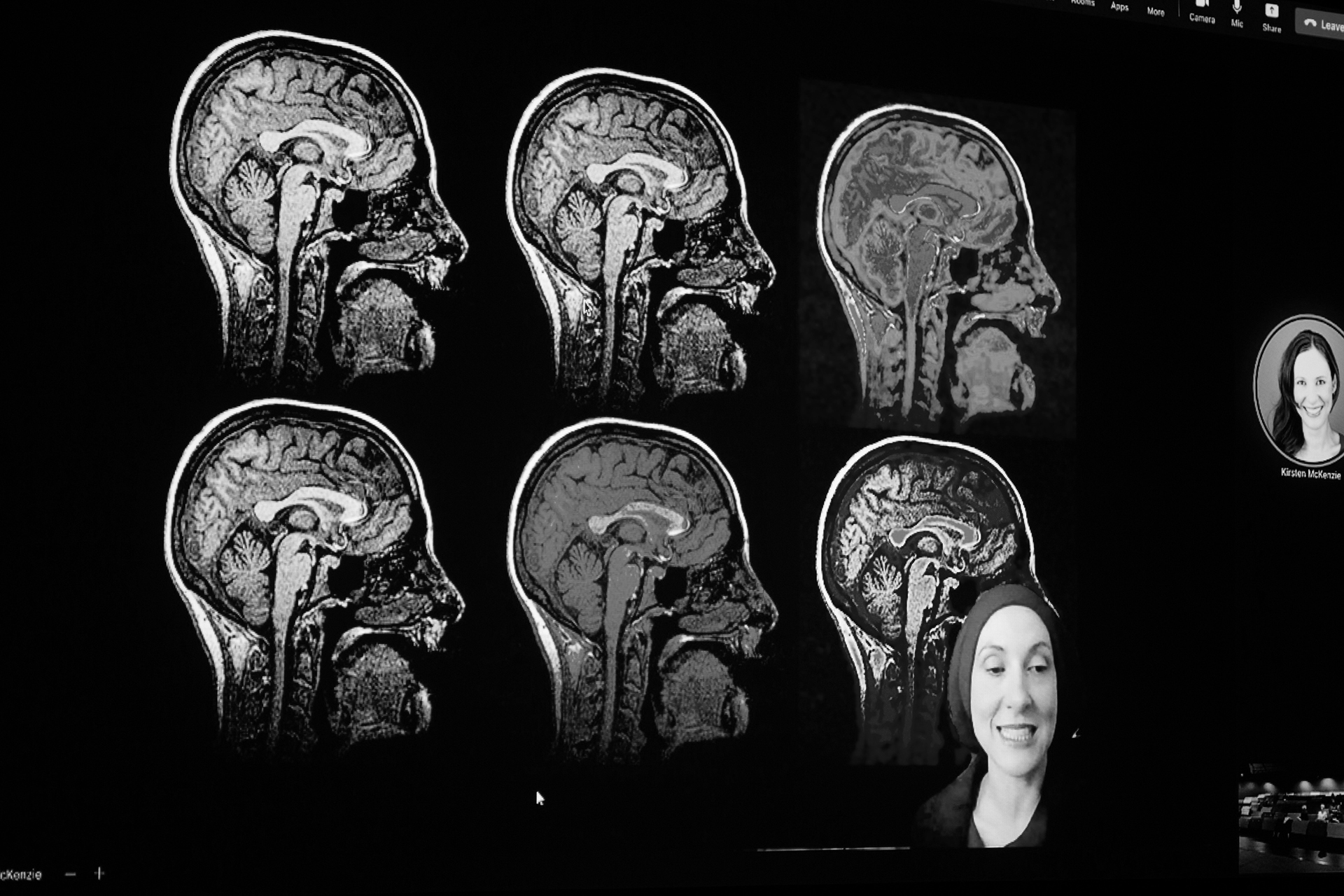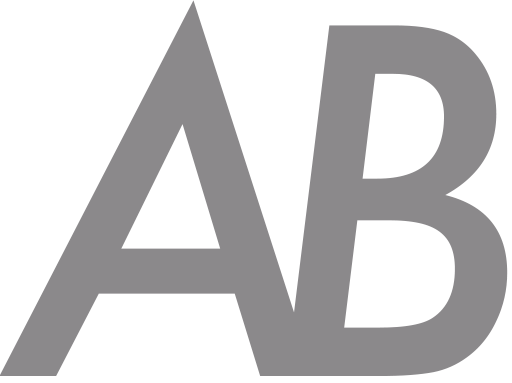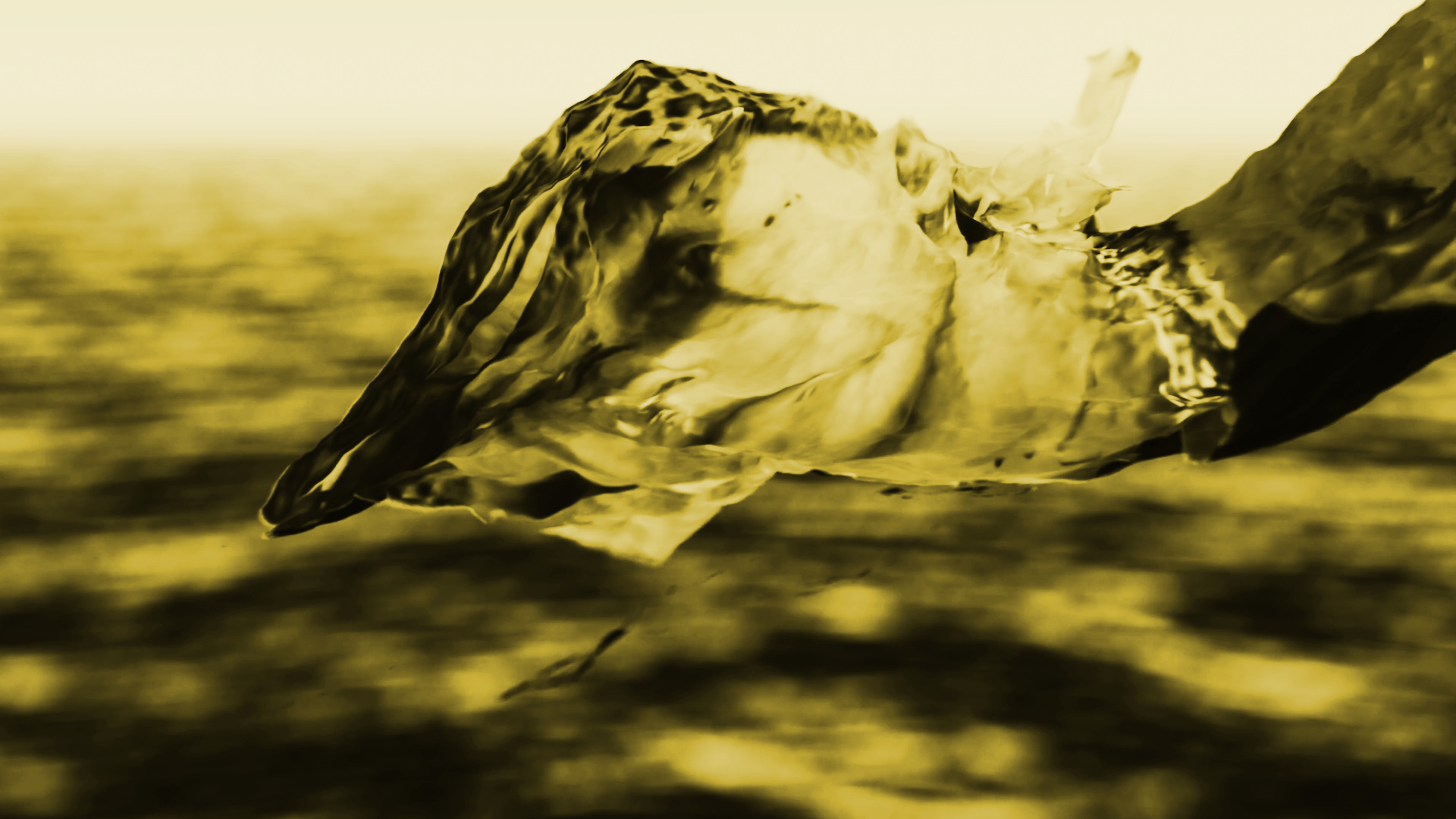
Introduction. Alien Bodies
Alien Bodies is an art-science collaboration between Steve Klee (art) and Kirsten McKenzie (psychology). This interdisciplinary multiverse encompasses a psychology experiment investigating body image, a book chapter situating our empirical work within a posthuman ethical framework to generate a maximally inclusive vision of the body, and an art video that science-fictionalizes our experiment to explore and interrogate it. Ecological, decolonial, and queer insights drive a narrative in which a research team embarks on an interstellar journey, encountering and learning from extra-terrestrial beings. Additionally, we have designed a public workshop for young people (aged 16 to 24) aiming to enhance body confidence by reducing participants’ body dissatisfaction.
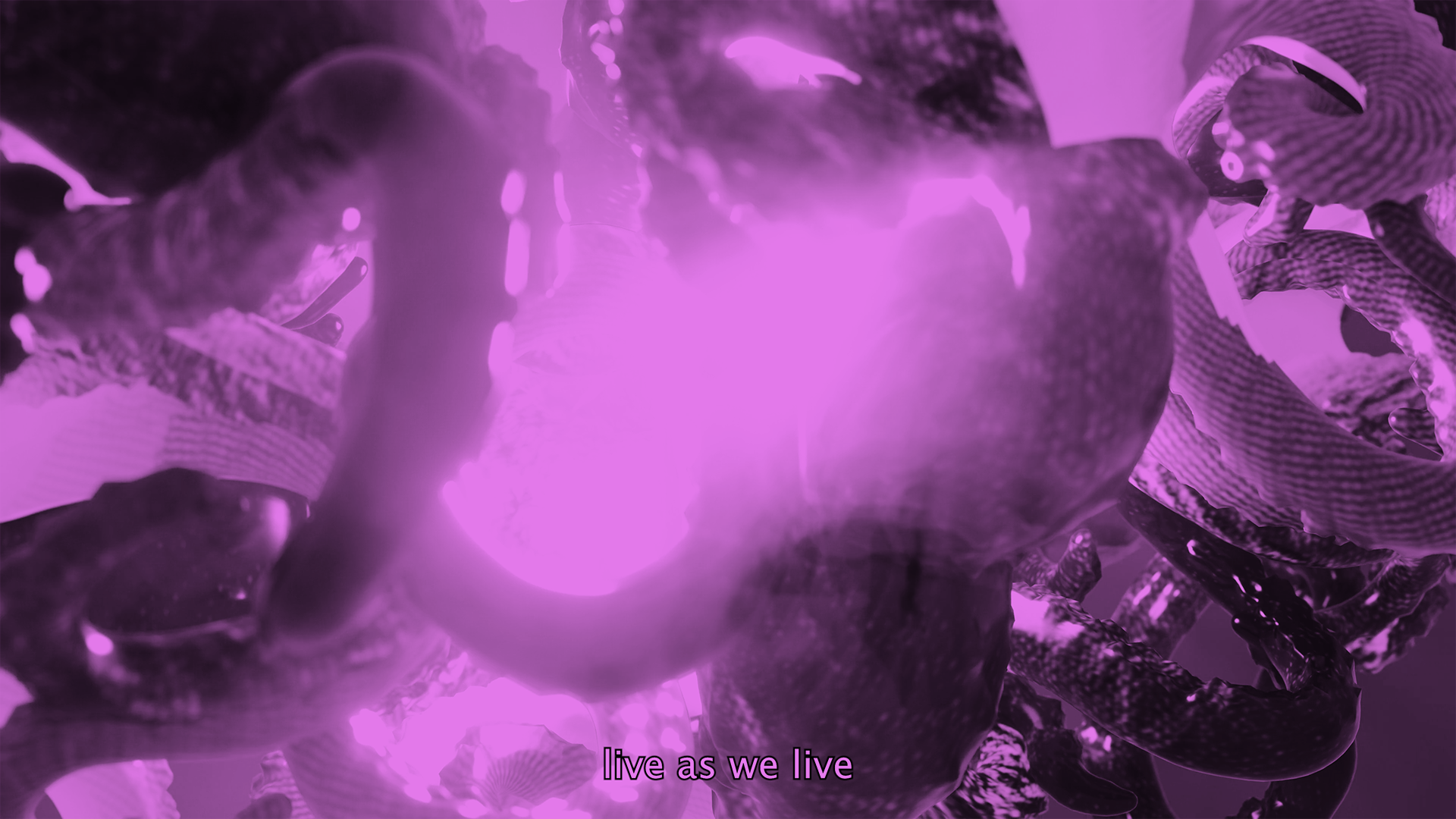
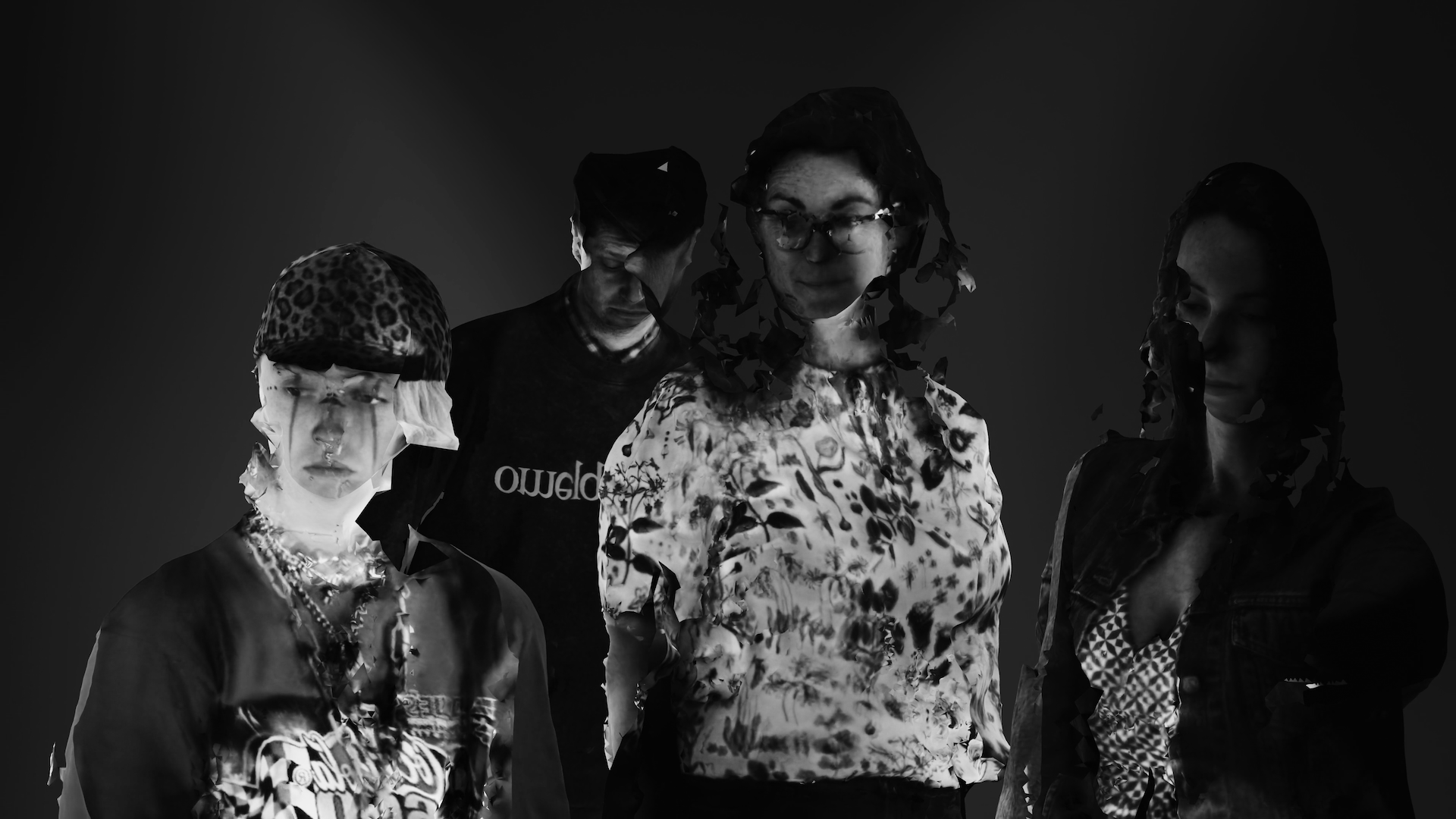
Experiment. Alien Bodies and How to Wear Them
Alongside Klee and McKenzie, Psychology PhD student Heather Sunderland, and Fine Art undergraduate Kai Speed took part in an iterative-creative process to develop images of aliens (imagined creatures from beyond our solar system). These images were then used to facilitate a psychological experiment, shedding light on body image and offering a pathway to potential therapies for pathological body dissatisfaction. Specifically, we were interested in whether elevated bodily appearance concerns would affect a person’s willingness to embody a physical form vastly different from their own. Preliminary analysis of the experimental data showed that individuals with elevated bodily appearance concerns were indeed less likely to entertain embodying a more alien figure than those who reported lower levels of body image dissatisfaction.
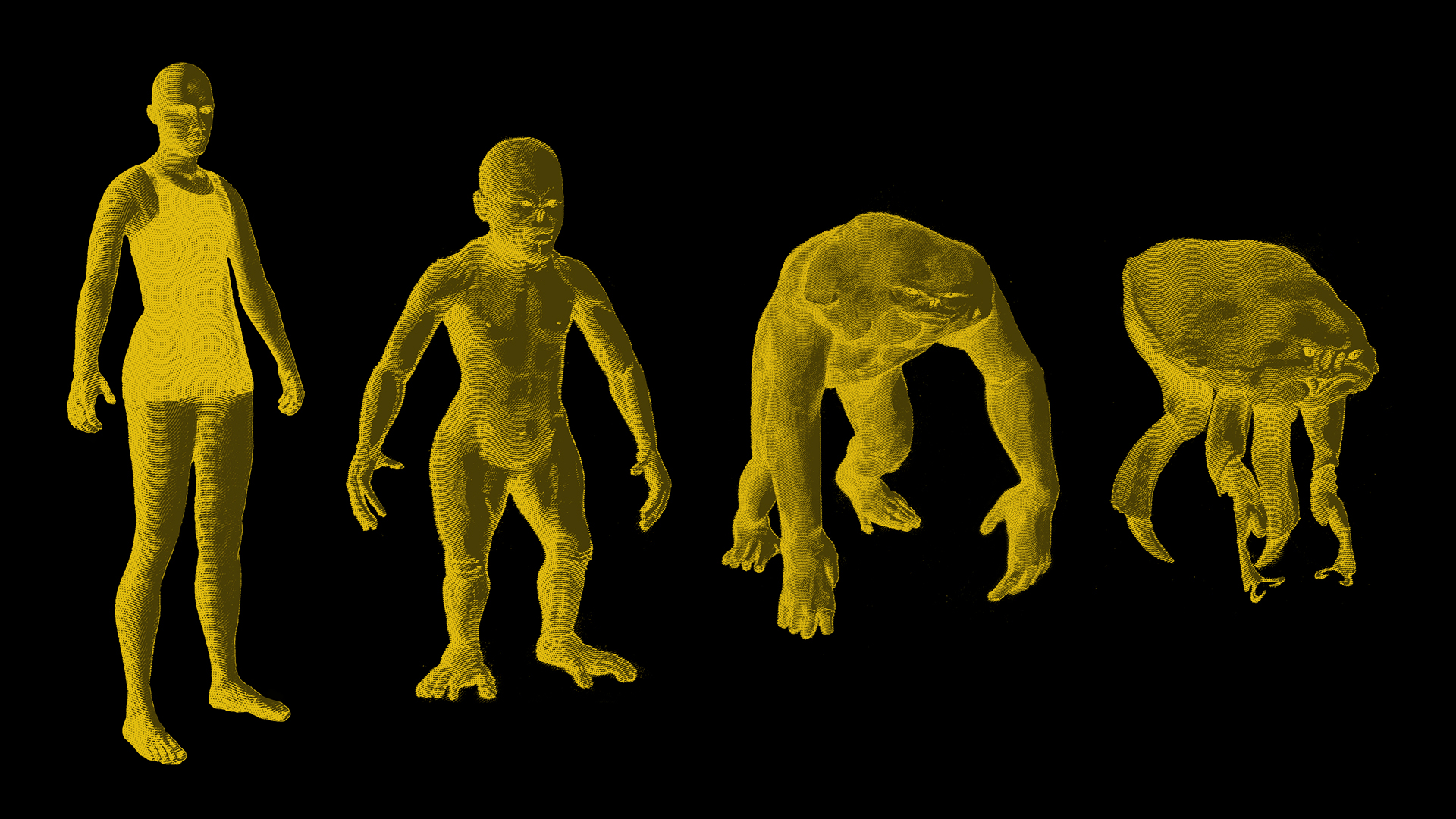
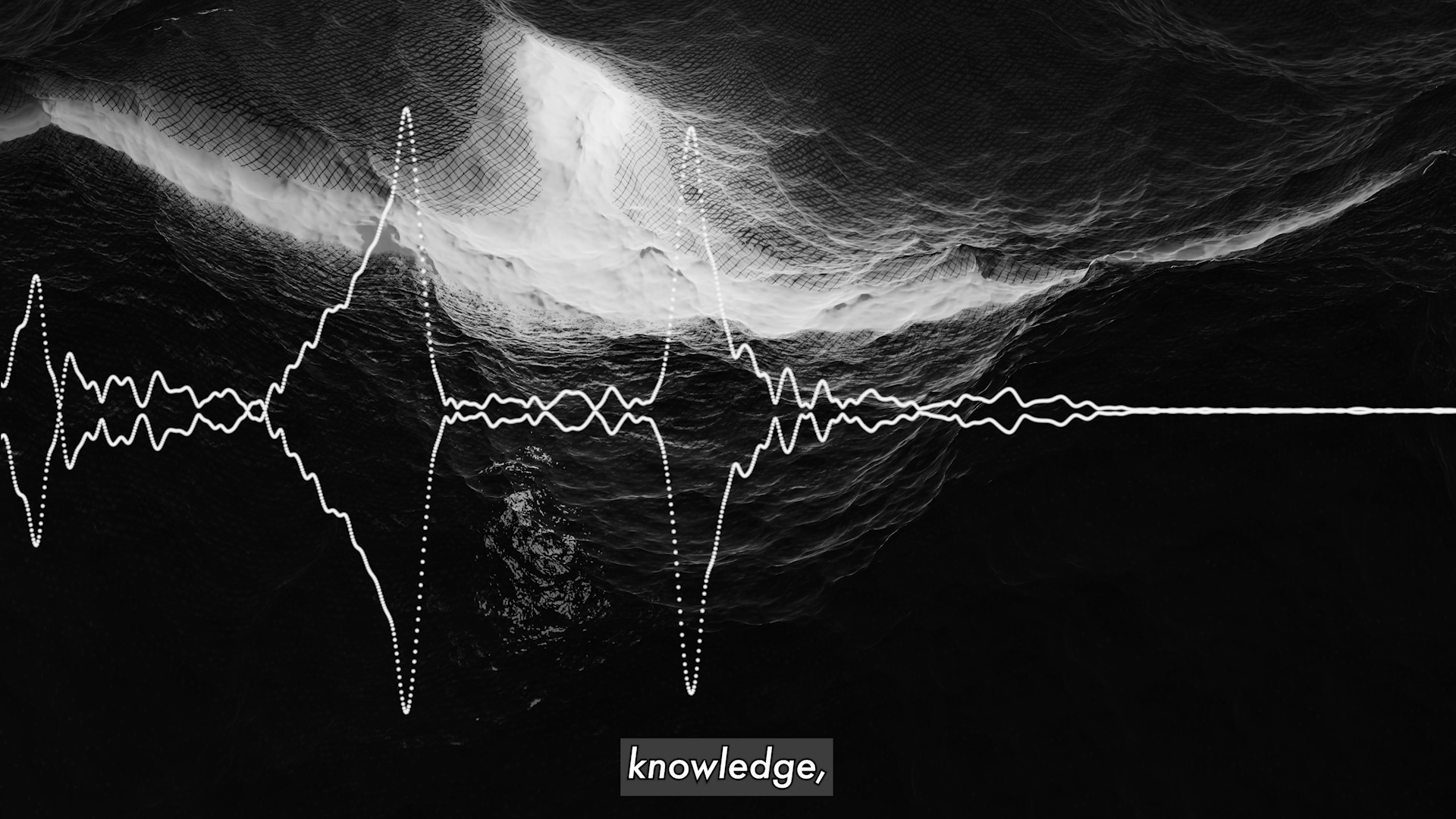
Book chapter. Alien Embodiment and Nomadic Subjectivity: A Speculative Report
In our chapter for the publication Posthumanism in Practice, we describe our experiment and outline potential avenues for future exploration, aiming to develop therapeutic approaches to address ‘negative body image’. We articulate a plan to utilize virtual reality (VR) to create body swap illusions; an induced perception that a person owns an avatar body. Our chapter also situates our empirical work within Rosi Braidotti’s critical posthumanism, specifically her formulation of nomadic subjectivity. With Braidotti we understand ‘the human’ to be a category marked by violence, in that it is dependent upon the exclusion of marginalized people, and non-humans. Further exclusions pertain to body image: to be properly human is to look a certain way. Braidotti’s method for countering this violence involves fostering nomadic subjectivity, a mode of being that is hybrid; one that embraces excluded others. We assert that our proposed VR embodiment illusions should be understood as nomadic in this way – an ethical contestation of the outdated and narrow definition of the human.
Art video. The Institute for Predictive Images
Inspired by our experiment as well as the essay film, Sci-fi, and the campus novel genres, the video broaches philosophical considerations overlooked in empirical exploration. Specifically, it speculatively deploys theories of perception and embodiment, drawing from the ‘predictive processing framework’ and ‘the extended mind thesis’. Through this exploration, the video constructs an ameliorative posthuman ethics of ‘the body’, whilst simultaneously urging caution concerning ‘direct’ sense-perception; what we experience may be immediately influenced by stored understanding, even prejudice.
.
In the work footage of campus locations, research conversations, and technical scientific vocabulary are all recontextualised via a narrated script and collaged with animations created in Blender and Unreal Engine, incorporating 3D body scanning techniques along the way. The video fuses art and science by deploying sensory illusions. For instance, sine-wave degraded audio, as used in neuroscientific investigations of speech recognition, become the whistles and groans of an alien ‘other’, and the team of expeditionists often appear bisected and gently rotating, activating the so-called hollow mask illusion.
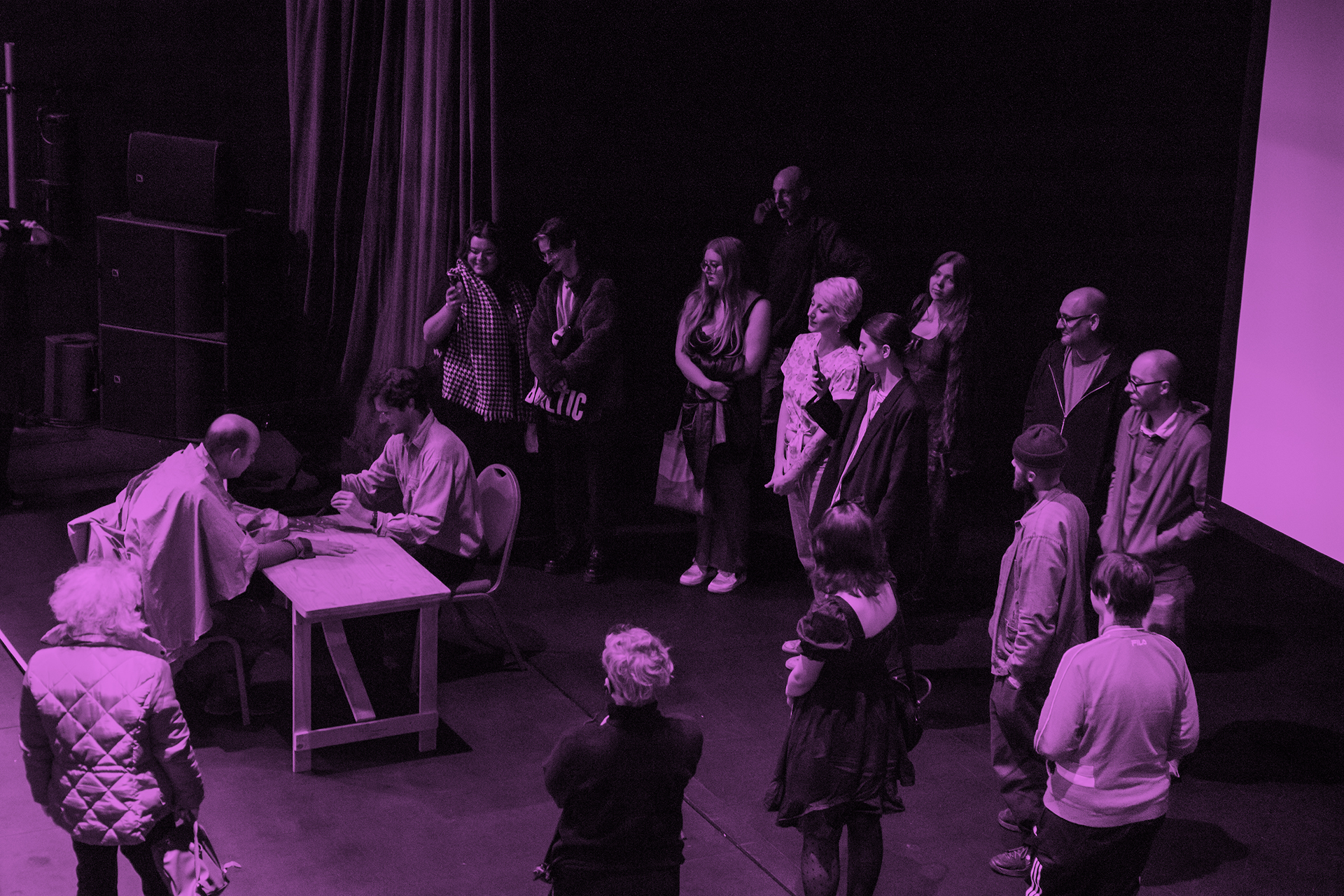
Workshop. The Alien Embodiment Laboratory
This is an art-science workshop for young people (aged 16 to 24). Its primary goal is to enhance body confidence by reducing participants’ body dissatisfaction, which refers to negative emotions related to size and weight. Body dissatisfaction has become so widespread that it is now considered the norm (a phenomenon known as “normative discontent”) and is particularly and increasingly prevalent amongst young people. The workshop develops a positive, highly inclusive, and ecological vision of the human body to achieve our therapeutic goals.
The workshop includes:
- A presentation on the science of body appearance and the reasons behind the prevalence of body dissatisfaction
- Screening of my art video (12 mins)
- Discussion of the presentation and video
- Involvement in embodiment illusions using the mirage system
- Participants creating their own images of alien bodies and/or writing short sci-fi scenarios
